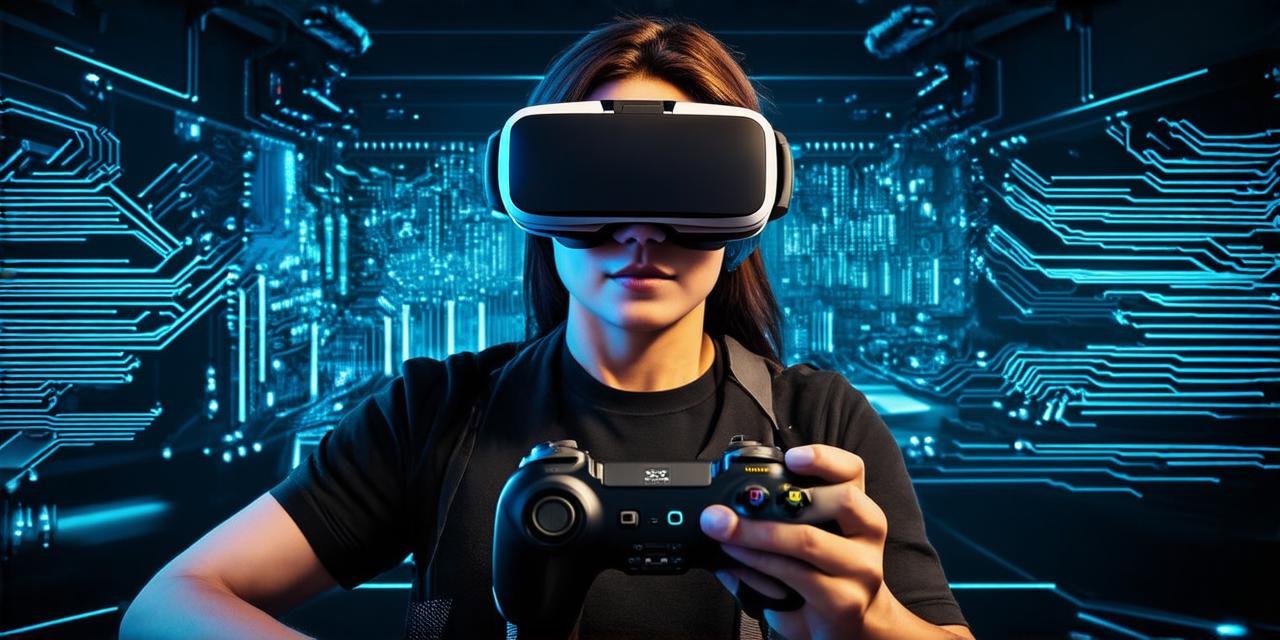Virtual reality (VR) headsets are becoming increasingly popular among developers due to their potential for creating immersive and engaging experiences. However, operating a VR headset can be challenging for those who are new to the technology. In this article, we will provide a comprehensive guide on how to operate a virtual reality headset, including tips and tricks for maximizing its potential.
What is a Virtual Reality Headset?
A virtual reality headset is a device that allows users to experience a simulated environment in 3D. The headset typically consists of a head-mounted display (HMD) with sensors that track the user’s movements and provide feedback on their position and orientation within the virtual world.
How to Choose the Right Virtual Reality Headset
There are several virtual reality headsets available on the market, each with its own features and capabilities. Some of the most popular VR headsets include:
- Oculus Quest 2
- HTC Vive Pro Eye
- PlayStation VR
- Samsung Gear VR
When choosing a virtual reality headset, it’s important to consider factors such as the quality of the display, the tracking technology used, and the range of motion available. Additionally, some VR headsets may be more suitable for certain types of applications or experiences, so it’s important to research each option carefully before making a decision.
Setting Up Your Virtual Reality Headset
Once you’ve chosen a virtual reality headset, the next step is to set it up and start using it. Here are some general steps to follow:
- Connect the VR headset to your computer or gaming console using the appropriate cables.
- Install any necessary software or drivers required by the VR headset.
- Adjust the settings on the VR headset, such as the resolution of the display and the sensitivity of the tracking sensors.
- Put on the VR headset and adjust the straps to ensure it’s comfortable and secure.
- Start the VR experience by launching the appropriate software or game on your computer or console.
Tips for Maximizing the Potential of Your Virtual Reality Headset
Now that you’ve set up your virtual reality headset, here are some tips and tricks to help you get the most out of it:
- Experiment with different settings on the VR headset to find what works best for you. For example, you may want to adjust the resolution of the display or the sensitivity of the tracking sensors to improve the overall experience.
- Use hand controllers to interact with virtual objects and environments. Many VR headsets come with hand controllers that allow you to grab, move, and manipulate virtual objects.
- Take advantage of room-scale environments, which allow you to move around freely within a designated space while still experiencing the virtual world.
- Use motion sickness medication or techniques if you’re prone to feeling sick in virtual environments. Some people experience motion sickness when using VR headsets, so it’s important to be prepared for this possibility.
- Try different types of VR experiences, such as games, educational programs, and simulators, to see what interests you the most.
Case Studies: How Virtual Reality Headsets are Being Used in Real-World Applications
Virtual reality headsets are being used in a variety of real-world applications, from gaming to education to healthcare. Here are some examples:
- Gaming: Virtual reality headsets allow gamers to experience immersive and engaging environments that were previously impossible to create using traditional technology. For example, the game “Beat Saber” uses VR headsets to create a virtual world where players can swing light sabers to music.
- Education: Virtual reality headsets can be used to create interactive educational experiences that help students learn in a more engaging and memorable way. For example, the company Nearpod VR has created virtual field trips for students that allow them to explore historical sites and natural wonders from the comfort of their classrooms.
- Healthcare: Virtual reality headsets can be used in therapy to treat conditions such as phobias, PTSD, and depression. For example, a study published in the Journal of Clinical Psychology found that virtual reality exposure therapy was effective in treating anxiety disorders.
